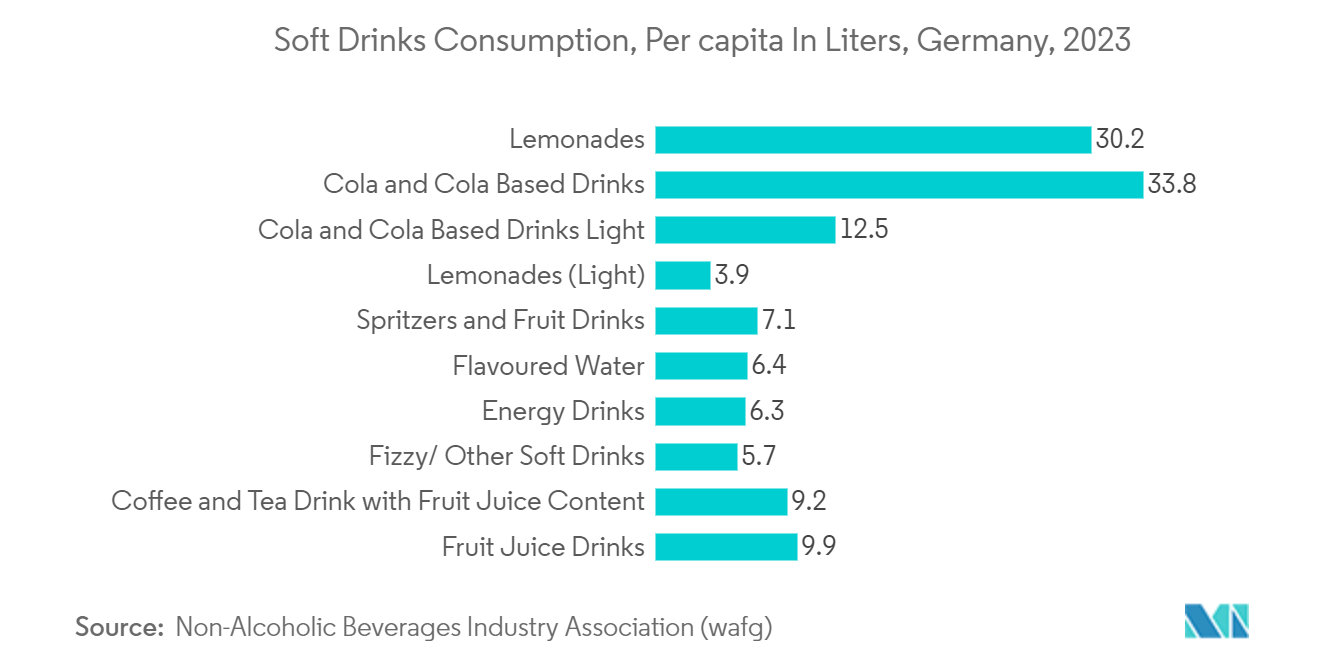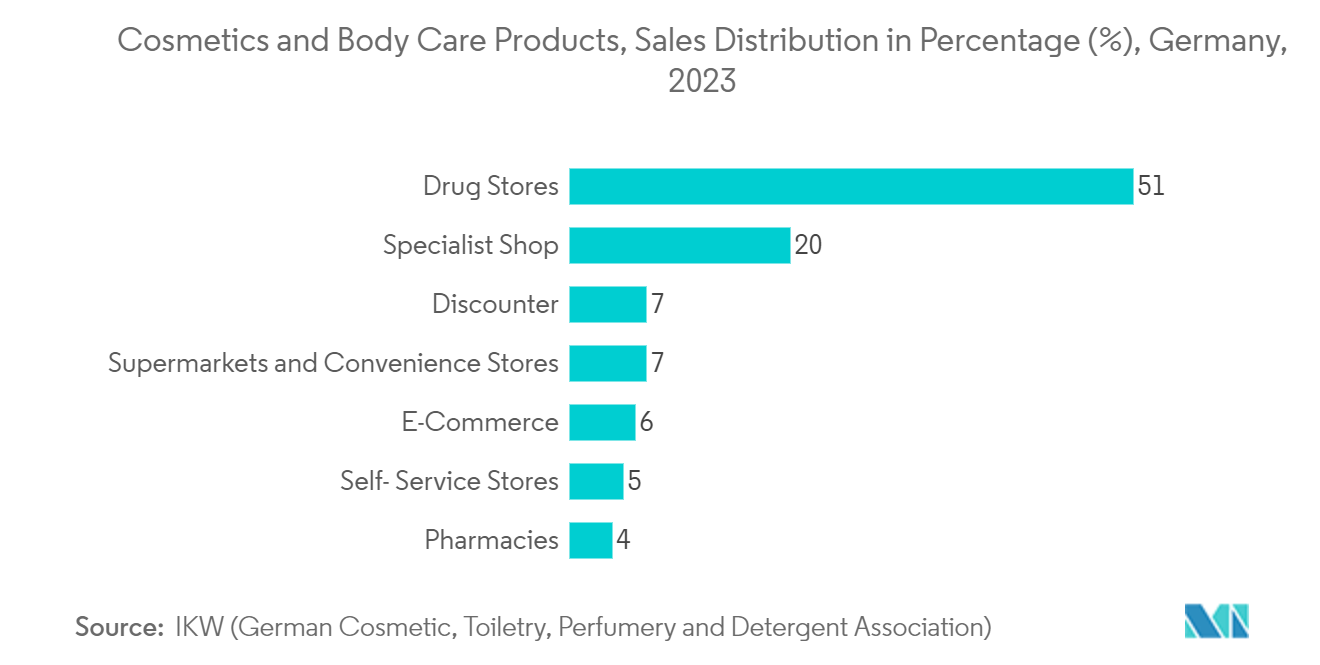Market Trends of Germany Plastic Bottles Industry
Growing Demand from the Food and Beverage Industries
- Plastic bottles are integral to Germany's vast food and beverage landscape, especially for carbonated and non-carbonated soft drinks, juices, and energy drinks. As one of Europe's leading markets for these products, Germany boasts a discerning consumer base that values both convenience and quality packaging. The beverage industry's preference for plastic bottles stems from their lightweight nature, durability, and cost-effectiveness, appealing to both manufacturers and consumers. With a growing emphasis on convenient and portable beverage options, the demand for plastic bottles remains strong.
- Juices and energy drinks leverage the versatility of plastic packaging, offering diverse bottle designs and sizes to meet varied consumer tastes. Innovations in bottle design and materials, particularly with a focus on sustainability, have emerged in the German market. In response to environmental concerns and regulatory pressures, there is a rising trend toward recyclable and biodegradable plastics. These innovations not only cater to the aesthetic and functional preferences of consumers but also align with the global push toward reducing plastic waste and promoting a circular economy.
- Plastic bottles extend beyond beverages, playing a pivotal role in food applications like packaging sauces, mayonnaise, and soy sauce. These items demand packaging that preserves freshness and integrity while being user-friendly. Plastic bottles meet these needs with features like resealable caps and ergonomic designs. The rising demand for plastic bottles in food applications mirrors the increasing preference for ready-to-use condiments and sauces, highlighting shifts in consumer lifestyles. This trend is further supported by the busy schedules of modern consumers who seek convenience without compromising on quality.
- Environmental considerations are reshaping the German plastic bottles market. As consumers grow more environmentally conscious, the demand for sustainable packaging solutions intensifies. Manufacturers are pivoting toward eco-friendly alternatives, such as biodegradable plastics and recycled materials, not just to meet consumer expectations but also to adhere to strict environmental regulations. The industry's shift toward a circular economy is evident, with a pronounced focus on recycling initiatives and minimizing plastic waste. Companies are investing in advanced recycling technologies and collaborating with environmental organizations to enhance the sustainability of their packaging solutions.
- According to the Non-Alcoholic Beverages Industry Association (WAFG), in 2023, the average German consumed about 33.8 liters of cola and cola-based drinks, leading the soft drink consumption chart. This high soft drink consumption, especially among the youth, underscores the burgeoning demand for plastic bottles in the country. The popularity of these beverages among younger demographics highlights the importance of targeting this segment with innovative and sustainable packaging solutions to maintain market growth.

Inclination of Personal Care Brands Toward Sustainability Drive Innovations
- Germany, being Europe's largest cosmetics market, offers a significant arena for plastic packaging, especially bottles. These bottles cater to a diverse range of products, spanning skincare, haircare, perfumes, and toiletries. The demand for plastic bottles in these industries is fueled by convenience, cost-effectiveness, and the capacity to craft visually appealing packaging that bolsters brand identity and attracts consumers. The German market's robust infrastructure and advanced manufacturing capabilities further support the growth and innovation in plastic bottle packaging.
- Plastic bottles are favored in the cosmetics industry for their versatility and lightweight nature. They facilitate creative designs, helping products stand out on crowded retail shelves. Plastic bottles provide practical solutions for items like shampoos, conditioners, lotions, and creams, offering various dispensing options such as pumps, sprays, and squeezable designs. The cosmetics market's shift toward premiumization has spurred the creation of sophisticated, aesthetically pleasing plastic packaging, often featuring advanced printing and finishing techniques to exude luxury and quality. Additionally, the ability to customize plastic bottles with unique shapes, colors, and textures allows brands to differentiate their products and enhance consumer engagement.
- The toiletry and perfumery segments also have a strong reliance on plastic bottles. For instance, perfume bottles demand precise designs to ensure effective fragrance preservation and dispensing. Moreover, plastic's inherent flexibility enables the crafting of ergonomic designs that enhance user experience. The use of plastic in these segments also allows for innovative features such as UV protection and airless dispensing systems, which help maintain the quality and longevity of the products.
- In Germany, the plastic bottle market trends are increasingly swayed by sustainability and environmental concerns. As consumers grow more eco-conscious, companies are pivoting toward greener practices and materials. There is a rising appetite for recyclable and biodegradable plastics alongside initiatives aimed at curbing plastic waste. Brands are channeling investments into packaging innovations that resonate with circular economy principles, such as utilizing post-consumer recycled plastics and designing bottles for easier recycling. Furthermore, regulatory pressures and industry standards are pushing manufacturers to adopt more sustainable practices, which is driving the development of new materials and technologies in plastic packaging.
- As per IKW, the German Cosmetic, Toiletry, Perfumery and Detergent Association, in 2023, drugstores accounted for approximately 51% of all sales, highlighting the sales distribution for cosmetics and body care products in Germany. This statistic underscores the robust demand for personal care plastic bottles. The prominence of drugstores as a sales channel reflects consumer preferences for convenience and accessibility, making them a critical distribution point for personal care products. This trend is likely to continue, further boosting the demand for innovative and sustainable plastic bottle solutions in the German market.


